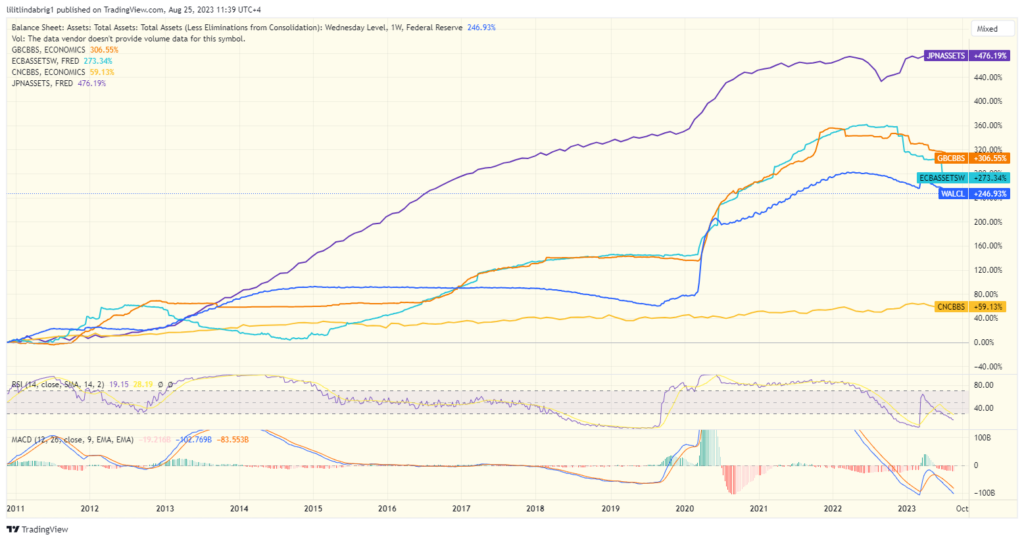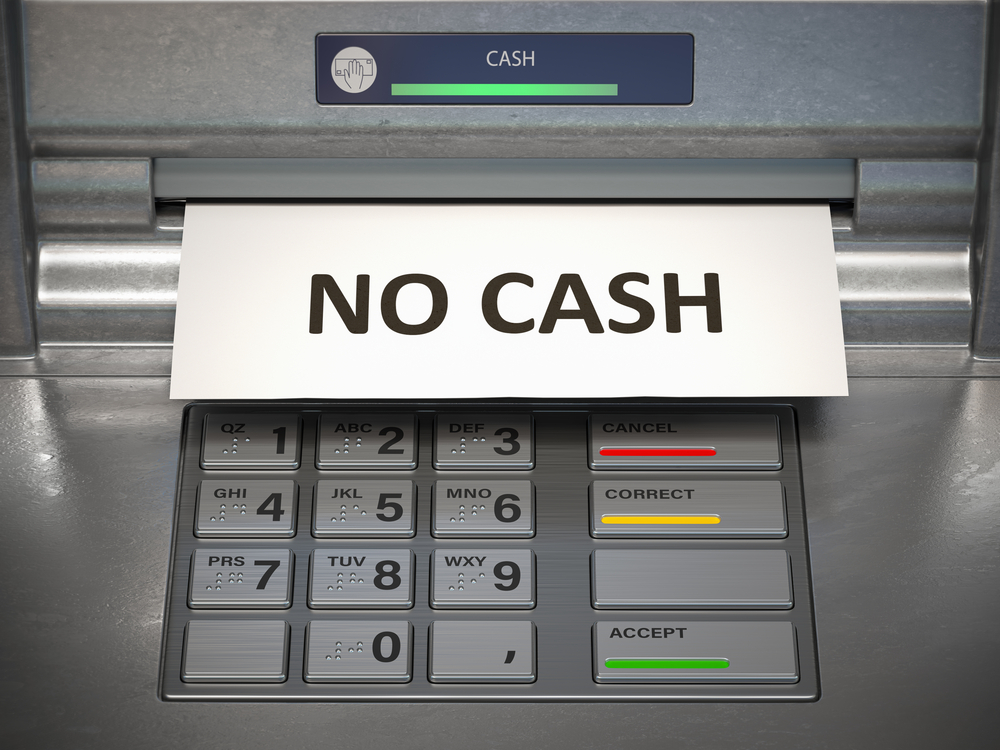Key Takeaways:
- Pantera predicts Bitcoin at $148,000 post-halving, but is the calculations model viable?
- Institutional investors don’t have enough funds to take risks with crypto.
- Retail investors face debt and feel the liquidity crunch first-hand.
YEREVAN (CoinChapter.com) — Pantera Capital, an American hedge fund specializing in crypto, has predicted a rocket surge for Bitcoin after the halving event in April 2024, pinning the target price north of $148,000.
Pantera Capital sees BTC at $148K
In the latest investor letter, Pantera utilized the stock-to-flow (S2F) ratio and evaluated the pricing trends related to each halving. The quantity theory-based model considers Bitcoin’s valuation against its scarcity by contrasting its circulating supply with the newly-created coins each year.
The alpha crypto’s scarcity factor grows because the BTC issuance rate declines throughout the halvings. Thus, it is increasingly probable that Bitcoin’s value will also grow over time.
The 2020 halving reduced the supply of new bitcoins by 43% relative to the previous halving. It had a 23% as big an impact on price. […] If history were to repeat itself, the next halving would see bitcoin rising to $35k before the halving and $148k after.
read the letter.
The venture firm’s estimations also factor in the possible approval of a spot Bitcoin ETF and its potential ripple effect through the markets.
However, the mentioned model faces considerable real-market challenges contributing to the BTC price. For example, the increasing liquidity crunch could leave investors with no funds to direct in risk-on-asset sectors, such as the crypto market.
Lower Liquidity A Growing Menace
According to the latest data, central banks globally tightened their purse strings, cutting down on spending. The Bank of England (BOE) shrank its balance sheet by 3% in the ongoing attempts to stave off inflation.
The Federal Reserve reported a 4% reduction, while the People’s Bank of China (PBC) charts rolled back its expenditures by 5%.
Germany-based financial analyst Holger Zschaepitz also noted that in implementing continuous quantitative tightening (QT) policies, the European Central Bank (ECB) balance sheet had hit €7,153 billion, its lowest point since March 2021.
The chart below demonstrates how the money-printing policies caused a surge in liquidity during the Covid-19 pandemic. However, in 2022-23, Central Banks showed persistent efforts to offset the inflationary pressures.

Retail investors also suffer from the liquidity crunch in the market. The latest data reveals that the annual growth rate of credit card delinquencies has reached worrying heights. As per the global investment research firm Game of Trades, it is now higher than the 2008 financial crisis.
Many Americans cannot meet their obligations and repay their credit card debts. Moreover, the US personal savings rate was hovering around 4.6% in February, below a decades long average of roughly 8.9%.
The crisis in Europe and England is no better. The wave of hawkish policies and rising interest rates left the region in recession, restricting the fund flow into the risk-on assets.
Given the factors above, the ubiquitous lack of liquidity could leave institutional and retail investors unable to raise BTC to the Pantera-predicted heights. Thus, crypto traders should watch the markets closely before buying into the $148,000 estimation.
The post Bitcoin Price Projected to Hit $148K by 2025 — But Where is Cash to Pump BTC? appeared first on CoinChapter.







